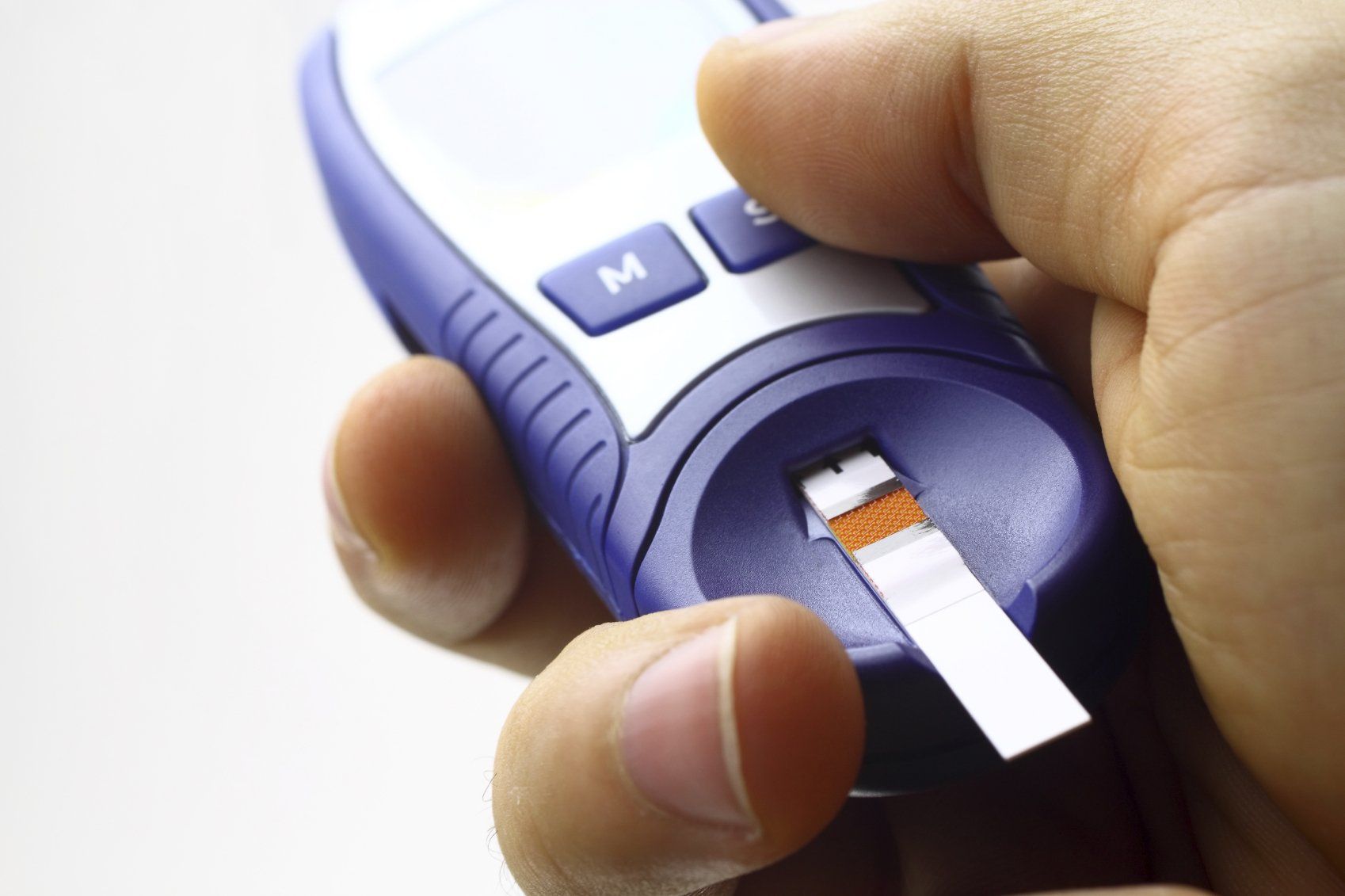What is an HbA1c?
What is an HbA1c and how does it differ from a finger prick test?

I am having my regular HbA1c blood test this week, so I thought I’d write about it because I have heard from other type 2 diabetics that what this test is, what the numbers mean and how it differs from a finger prick test is often not clearly explained by medical staff.
I was told by a diabetes nurse that in the past diabetic patients would have an annual fasting blood test to check how they were managing their diabetes. It was noticed that although these tests appeared to show a reasonable glucose level, patients were developing symptoms usually associated with higher blood glucose levels, such as numbness in the feet, eye problems or kidney disease. It was discovered that patients were eating their normal diet until a week or so before the test was due and then just eating an extremely low carbohydrate diet, such as living on salad, for the week before the test! Their blood glucose would therefore be low for the fasting glucose test, but would jump up again soon after when they resumed eating ‘normally’.
A different type of test was therefore developed that showed how much glucose had been in the blood over the previous 8 - 12 weeks. Therefore, if people were tested every three months a better understanding of how well they were managing their blood glucose could be achieved. This test is the HbA1c.
The Hb in HbA1c stands for haemoglobin, which are the red blood cells that carry oxygen around our body. The way the test works is that glucose can stick to some of the haemoglobin cells until they die naturally, which is about 3 months. The test finds out how many of these red blood cells with sugar sticking to them there are as a proportion of your blood cells, because that gives a good indication of how much glucose (sugar) has been around the blood during the lifetime of the cells. So fasting the week before the test won’t help anymore!
The other kind of blood glucose test is the finger prick test, where a small drop of blood placed on a special strip is analysed by a glucose monitor machine, something people can do for themselves. This test only shows how much sugar is in your blood at that particular moment. Your blood sugar can go up and down during the day, depending on what you eat, what exercise you are doing, how well you have slept and stress. So the finger prick test is only a momentary snapshot of what is going on. However, it can still indicate whether your body is managing blood glucose well or has too much. Doing a finger prick test first thing in the morning after you have been sleeping gives a good baseline as you have not eaten during that time, so your blood sugar will usually have come down to its average low level (there will be more about higher morning blood glucose levels in another blog).
As the two tests measure different time spans, the numbers that indicate a healthy or not so good result differ. The numbers of the HbA1c are higher, so if it is 48 mmol/l or above you are in the diabetic range. If it’s 39 - 46 mmol/l you are in the pre-diabetic range. The normal range is below that in younger people, but this changes with age (like blood pressure).
The numbers of the finger prick test ranges are much lower, with a normal fasting level being 3.9 to 5.4 mmol/l for a person without diabetes. For someone with diabetes (whether type 1 or type 2) a normal fasting range would be between 4 and 7 mmol/l.




